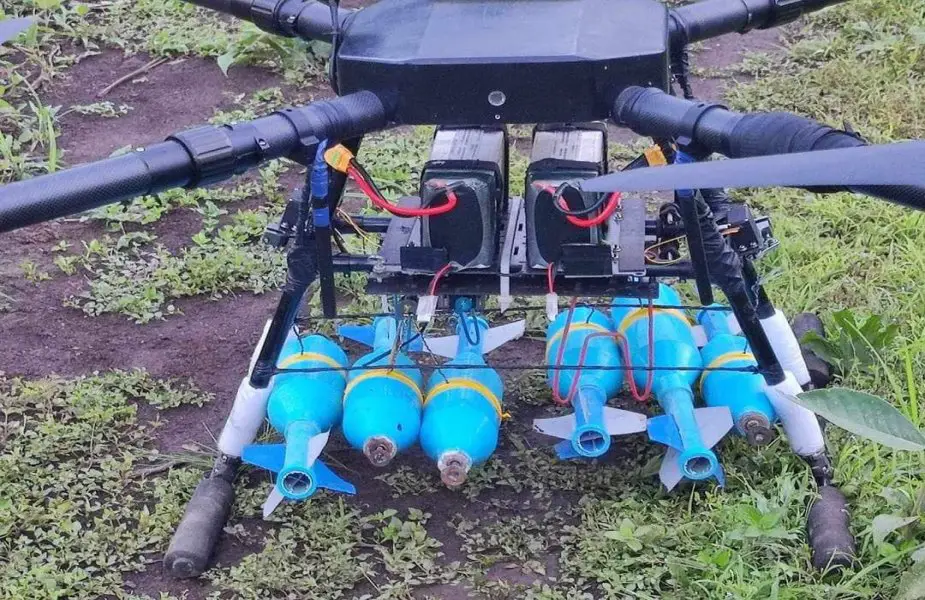On February 1st, 2021, the military junta in Myanmar launched a coup and halted the country's democratization momentum that had been ongoing since 2016. By ousting President Win Myint and Nobel Peace Prize laureate Aung San Suu Kyi, they dashed the hopes for a popular democracy and ignited what is now a civil war. Today, rebel fighters are modernizing their weaponry to deliver highly precise firepower discreetly.
Follow Army Recognition on Google News at this link

Myanmar rebels present home-made UAV (Picture source open source )
Since late October, the conflict has driven over 200,000 people from their homes, contributing to a total displacement of over two million people across Myanmar.
The conflict involves ethnic armed groups and the Myanmar military, with cities becoming battlegrounds and civilians caught in the crossfire. Key transport routes have been blocked, and critical infrastructure, including bridges and airports, has been targeted, further complicating the movement of people and the delivery of humanitarian aid. The United Nations has reported that telecommunications are increasingly disrupted, hampering communication and coordination of aid efforts.
Additionally, the violence has engulfed over two-thirds of Myanmar, leading to a surge in humanitarian needs. The conflict, which began intensifying in late October, involves a mix of ethnic militias and the People's Defence Forces (PDF), opposing the military coup of February 2021.
This widespread violence has displaced over half a million people, with more than 578,000 estimated to be displaced since October 26. The fighting has claimed the lives of 363 civilians, including women and children, and injured 461 others over the last six weeks. Armed clashes, airstrikes, landmines, and roadblocks have increased protection risks for civilians and restricted the movement of essential goods. Telecommunication blackouts in conflict-affected areas further challenge the verification and coordination of relief efforts.
In January 2024, according to the International Institute for Strategic Studies, there has been an increase of 100 drone strikes compared to December 2023, totaling over 200 strikes.
Rebel forces are utilizing civilian drones militarized with the addition of deployable explosives. Highly present in the Ukrainian conflict, civilian drones repurposed for military use now hold significant interest for forces due to their discretion, efficiency, and, most importantly, their capability to deliver highly precise firepower at a very low cost.
Here, it appears that the drone does not correspond to any civilian model, indicating it is entirely artisanal in design, which is easily obtainable online nowadays. Additionally, it has a significant payload capacity, with the explosives being homemade and based on 60mm mortar projectiles weighing approximately 2.5kg each.
This type of drone attacked on October 5th, 2023, at 9:45 in the morning, dropping four bombs on troops stationed in Thone Se Pay village, with two hitting the target and exploding.
The use of these aerial vehicles for combat against regular armies has gained significant momentum since the Nagorno-Karabakh war in 2020 when the first video evidence of such drones' utilization was present. Drones have proven their operational capabilities in both high-intensity and asymmetric warfare scenarios, prompting NATO armies to research kamikaze or militarized drones.
Defense News March 2024















